Mr. Schoeller, what were you working on this last week?
Last week I photographed Hillary Clinton at the State Department, that was the day before yesterday, and then we photographed the writer Nicole Krauss in Park Slope and we photographed Marina Abramović, the performance artist.
How do you go about preparing for a portrait?
I read up on them, online mostly. New Yorker articles or profiles are always the most helpful because they are the most in-depth. I need something to talk to them about when I meet them, to engage them in a conversation, to try to make them forget they are being photographed. To make them laugh, to maybe provoke more serious expressions.
What is the moment that you’re looking to create?
I think the best way to describe it is a certain moment of intimacy, of vulnerability, that I’m striving to capture. I oftentimes don’t succeed, which is heartbreaking if it’s somebody you admire or like, but a lot of actors and politicians know exactly what their face does and they have a certain expression. Some people are harder to capture this moment with than others.
So how do you tease the right expression out of those people?
A lot of times I feel like I get it after I’ve made them laugh or smile. The face hasn’t caught on to the thought yet. They haven’t decided what to look like next, kind of. Your face lags like a couple split seconds behind your train of thought. You know, you hear a joke and then you start laughing. It’s these kind of moments where you’re not quite in control or aware of your facial expression.
I read that you always have music on when you take your portraits. How do you choose what to play?
Something they might like and be comfortable with. To disarm them. To create an atmosphere where they are not so threatened by the camera. All of the sudden you have this guy a meter away from you, these big lights, curtains on the side, so whatever helps to make them feel relaxed works in my favor as a photographer.
What kind of music did you use when you photographed Bill Clinton?
Miles Davis.
Why?
Because he likes jazz. It’s a little obvious, but instead of playing something more obscure I thought: Miles Davis, everybody likes it. He’s like the Bob Marley of jazz, so I thought it would be a safe bet. I picked Kind of Blue, something that he’s probably listened to a lot that might bring up memories, rather than trying to prove my jazz knowledge.
Did it work?
It was funny because we played the music and he’s like, “Who’s this?” And I said, “Miles Davis.” And he says, “No, that’s not Miles Davis.” And I’m like, “No, no, it is Miles Davis.” And he says, “No, that’s not Miles Davis.” And I was about to say, “No Mr. President, that’s Miles Davis! It’s my CD!” But then I thought I’d just let that one go. (Laughs) I didn’t say anything.
I guess it’s enough to correct the President twice.
But when he was walking out he was like, “Oh yeah, that was Miles Davis.” I came to realize that as a president you don’t listen to music very much. It was Kind of Blue, probably Miles Davis’ best-known album. I was slightly surprised that he didn’t recognize it.
What is the purpose of a portrait for you?
I think in general there’s photography that’s a little bit closer to reality and then there’s photography that’s a little bit more removed from reality – there is no such thing as an honest portrait. My environmental portraits are kind of little parodies of people. If they’re successful, they play a little bit with the person. Angelina Jolie with blood coming out of her mouth is a conceptual photo that makes sense because she used to carry blood around her neck and everybody knew she was into knife play and she’s been in all these action movies.
How did you get her to do that?
I read somewhere that she broke her nose on a movie set once, so when I photographed her I said, “Would you mind if I put a little blood on your nose?” And she said, “I can’t do nose, everybody will think I am a drug addict. How about the lip?” And to myself I’m like, “Great! Even better!”
Did you put it on her yourself?
Yes, I whipped out my fake blood from behind me and the Q-Tip was gone and I started shooting before the publicist came around the corner. I think it works perfect for her. Now is it considered a true portrait? Does it say something about her? Kind of, because it ties into who she is to some extent, but obviously she doesn’t run around with blood on her face.
Are your trademark close-up portraits an attempt to show reality?
With my close up portraits I try to stay a little bit more towards a classic idea of what a portrait should accomplish, which is capturing a persons personality, makeup, soul, whatever you want to call it. But it’s very judgmental, which image you choose from a shoot, where you think that person’s character is best portrayed, in which moment. A photograph is only a split second in a person’s life that you capture.
Nowadays in portraiture it’s less about the person and more and more about the clothes, the fashion, and their flawless image.
In the ’40s, ’50s, ’60s magazines were innovators. They were new, they were different, they were close to the art world. People didn’t have to look good. Richard Avedon didn’t make people look good. His goal wasn’t to make anyone look good. He wanted to take portraits. Irving Penn didn’t make people look good. Neither one of them was about glamour.
Not in their portraits at least…
True, they both had their fashion career on the side that was much more glamorous, but their portraits were what I would call true portraits, which is a dying art. Magazines are now so run by advertisers that people you photograph sometimes have to wear clothes that advertisers dictate, so if you put somebody in a dress that’s not their own, then how much does that picture now really have to do with that person?
With all the retouching people are so interchangeable these days. Everybody pretty much looks the same.
That’s what I say! People are turning into objects. So much photography today is unimportant if it’s Angelina Jolie or Cate Blanchett or Nicole Kidman in the picture. You’ve seen the same picture with another person in it already. They all look the same and they’re all retouched to look 20 pounds lighter and ten years younger.
Is your approach to photographing women different than your approach to photographing men?
I don’t get to photograph that many women, that’s the difference. A lot of the Hollywood stars are afraid of me. The problem is that many magazines want to have women and make them look like sex symbols and when you think about my photography, sex appeal is not really what comes to mind. So I don’t get that many assignments for women. But the approach is the same.
Return to Top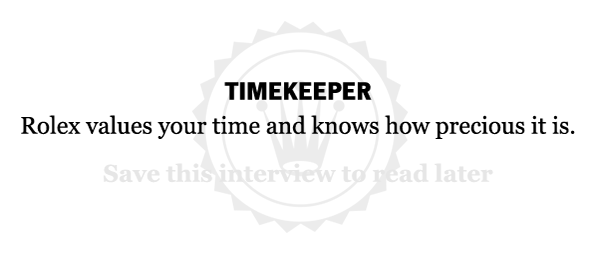
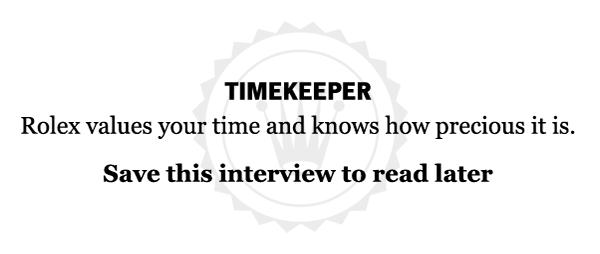
Short Profile
Name: Martin Schoeller
DOB: 12 April 1968
Place of Birth: Munich, Bavaria, Germany
Occupation: Photographer
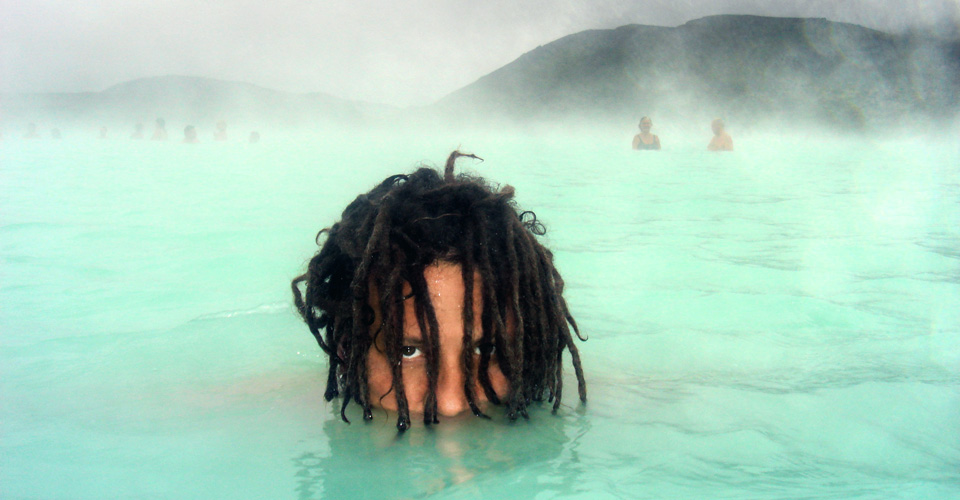
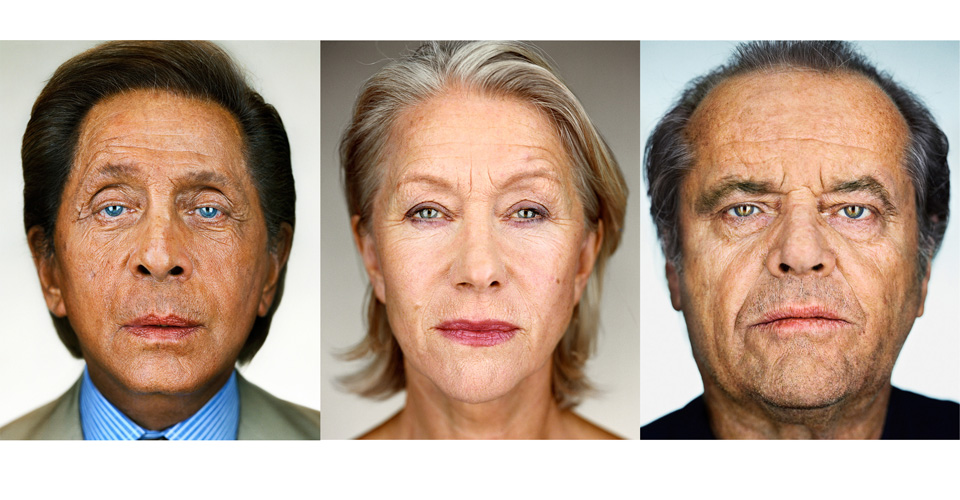

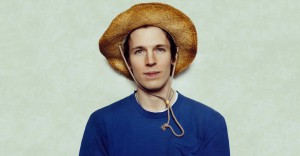
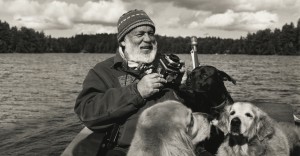

















I had the pleasure of working with Martin and having him photograph me. Such a warm & affable guy, and a true artist.